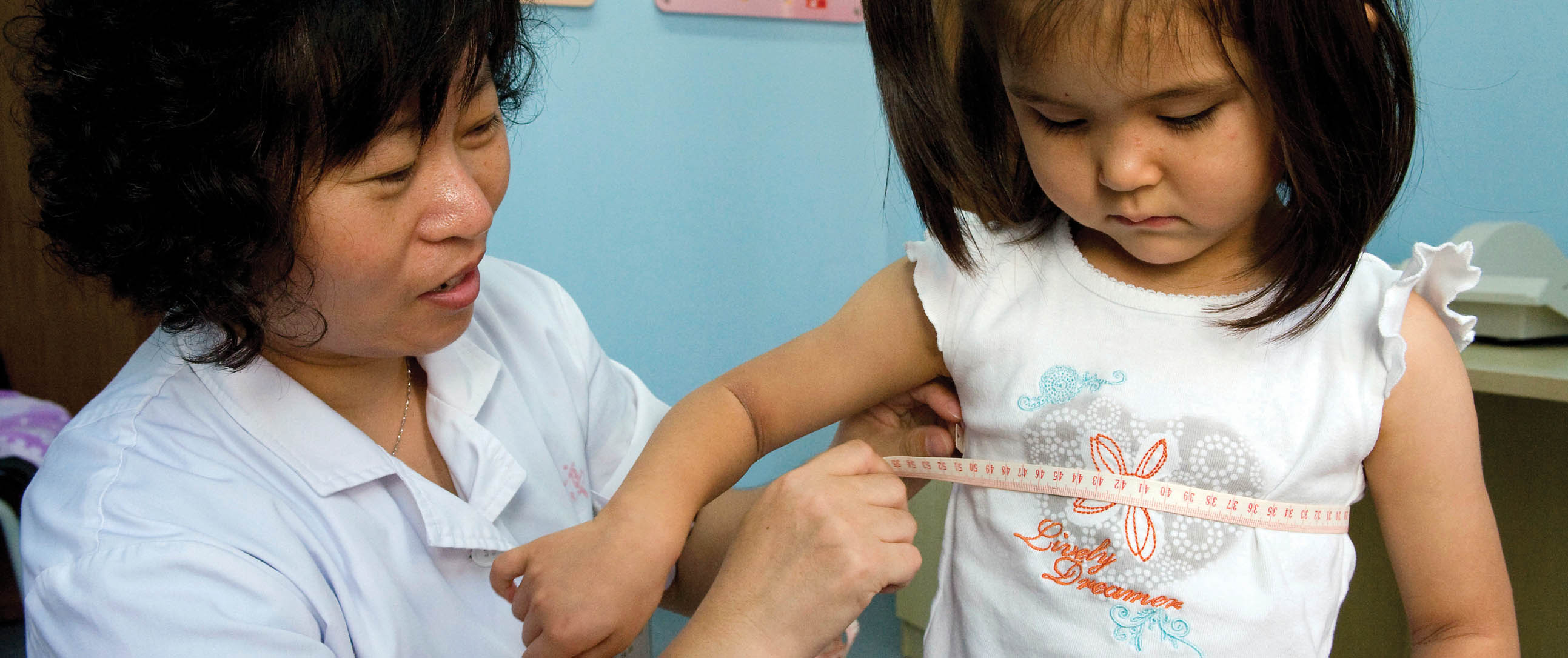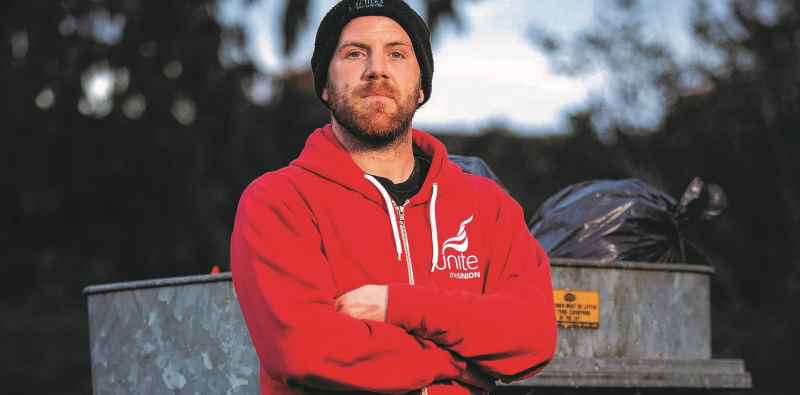Support for families at risk
Health visitor numbers have increased significantly over the past five years, but the coalition government narrowly missed its target of 4,200 new health visitors first set out in 2011.
Provisional figures from the Health and Social Care Information Centre show that there were 12,077 whole-time equivalent health visitors in post in March, which amounted to 3,985 more than in May 2010.
The coalition government’s targets came in the wake of determined campaigning by health visitors, who contended that the significant decline in their numbers over the years meant that families up and down the country weren’t adequately being supported.
This campaigning persuaded the government to support health visitor services, resulting in its Health Visitor Implementation Plan in 2011, which sought to expand the provision of health visitors.
In response to the figures, Unite lead professional officer for health Obi Amadi hailed the gains made over the last five years but argued that much more still needed to be done.
“The latest figures show a massive gain that we very much welcome,” said Amadi. “This is great news for families and children who will benefit from an improved service – this is definitely news to celebrate.
“At the same time, our optimism should be guarded. After all, in many large cities such as London, where adequate health visitor numbers are absolutely critical, there are still significant gaps.”
Indeed, while the number of health visitors increased overall by 49.1 per cent, in key cities the uptick was more muted – in London, for example, there was an increase of only 37 per cent.
“We must ensure that employers are supported in their efforts to meet their respective targets.Maintaining figures once they are reached is also important – if they aren’t maintained and even increased, then we will lose ground rapidly when we account for attrition and retirement,” added Amadi.
The Institute of Health Visiting estimated that about 7,000 students would need to be trained in order to get 4,000 health visitors, given how high the attrition rate is in the profession.
ÂŁ200m public health axe
Whatever gains the previous government made in health visiting services, however, the current government may well just reverse, after £200m in cuts to local authorities’ public health budgets was recently announced.
As of October of this year, local authorities will commission health visitor services, a responsibility that previously fell to NHS England.
It is not at this stage clear where, precisely, the axe in local authorities’ public health budget will fall, but senior figures in the sector told the Health Service Journal that they fear health visitors might be affected.
“In light of this, the £200m cloud is a real bad weather warning – if these cuts are made then all the hard work we’ve put in to assuring adequate provision of health visitors will be jeopardised. In the end, families up and down the country will suffer most,” Amadi told UNITElive.
A letter appearing in the Observer signed by several nursing and children’s health organisations again highlighted fears by medical professionals that the cuts could signal a stark reversal of the progress made in health visiting.
“Investment in early years health is crucial and health visitors are key to leading this, not least because from October they will be key to providing the early years elements of the Healthy Child Programme – the main universal health service for improving the wellbeing of children and their families,” noted the letter, whose signatories included Amadi, as well as leaders from the Royal College of Nursing , Royal College of General Practitioners and the Insititute of Health Visiting.
Dame Sarah Cowley, emeritus professor at King’s College London and trustee of the Institute of Health Visiting, reiterated concerns over funding this week.
Cowley explained to the Nursing Times on Monday (July 13) that even if health visiting services were to be ring-fenced, public health managers would have to make very difficult decisions that would have grave impacts on local communities.
Sexual health advising and school nursing – among other critical public health services – also face uncertainty as the £200m axe looms.
The Advisory Group on Contraception highlighted last week that public health budget cuts will inevitably cost the government more – if sexual health services are cut, the AGC estimates the NHS would spend at least £250m on abortions and maternity services from unplanned pregnancies.
 Like
Like Follow
Follow


